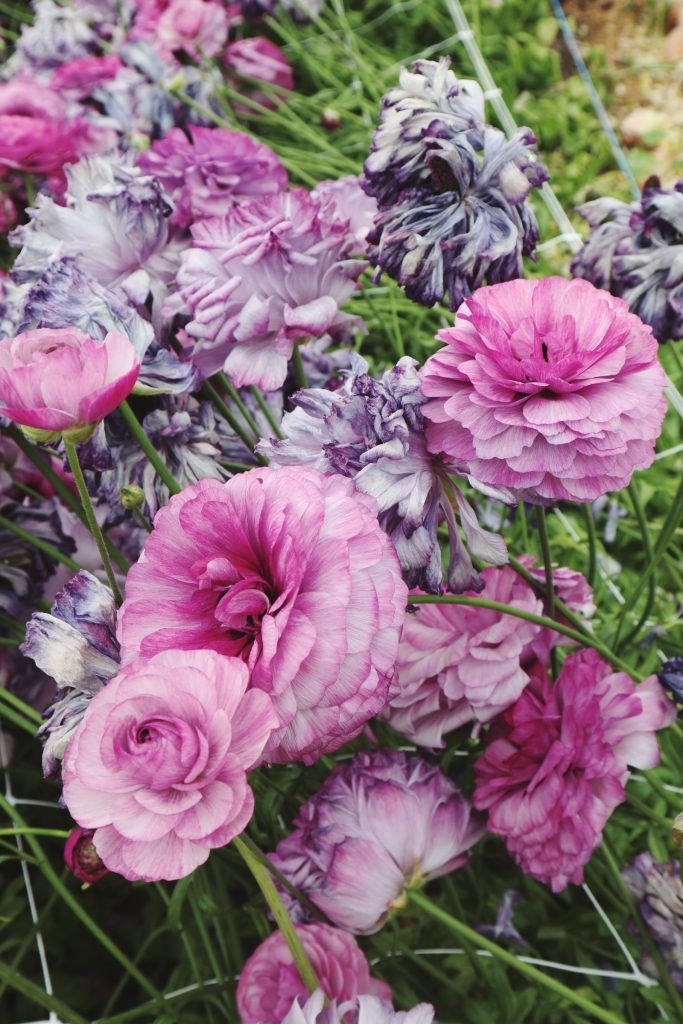Ranunculus is a large genus of more than 500 species of flowering plants in the family Ranunculaceae, native to Europe, Asia and northwest Africa.
The species are mostly herbaceous perennials distributed all around the world. If carefully tended, these plants will produce beautiful, showy and bright flowers with five or more petals and numerous pistils and stamens. These long lasting flowers are great for cutting and vase displays.
Name meaning:

The Plant List includes 2,622 scientific plant names of species rank for the genus Ranunculus.Of these 360 are accepted species names. The Plant List includes a further 676 scientific plant names of infraspecific rank for the genus Ranunculus. Ranunculus are buttercups, while peonies fall into their own category—Paeonia. Ranunculi can be annuals or perennials, while peonies are strictly perennials. The ranunculus is similar to peonies, but the main difference between ranunculus and peonies is, the bloom size is a bit smaller and the flower has a flatter shape.
The genus name is derived from Latin words “rana” (“frog”) and “unculus” (“little”), in reference to many species being found near water.
Ranunculus symbolism:
Ranunculus Species
Ranunculus symbolizes attractiveness and charm.
Interesting facts about Ranunculus:
Is Ranunculus Poisonous?
All species are poisonous and contain a compound called ranunculin, which breaks down to a toxin called protoanemonin when the leaves of the plant are damaged.
They are considered toxic to both humans and animals and can cause dermatitis, diarrhea and vomiting.

Benefits and Uses
The plant has a medicinal value and is used to treat various ailments such as arthritis, gout, nerve pain, flu, herpes, meningitis and chest problems.
Ranunculus is one of the most popular wedding flower. Due to the fact it will stay fresh up to 7 days after being cut, it is perfect for wedding bouquets and arrangements.


Plant Type:
Annuals, Bulbs, Perennials
Color:

Ranunculus Flowers
The flowers are usually yellow, but may also be white, pink and red.
Unique Ranunculus Varieties Pictures
Related flowers
